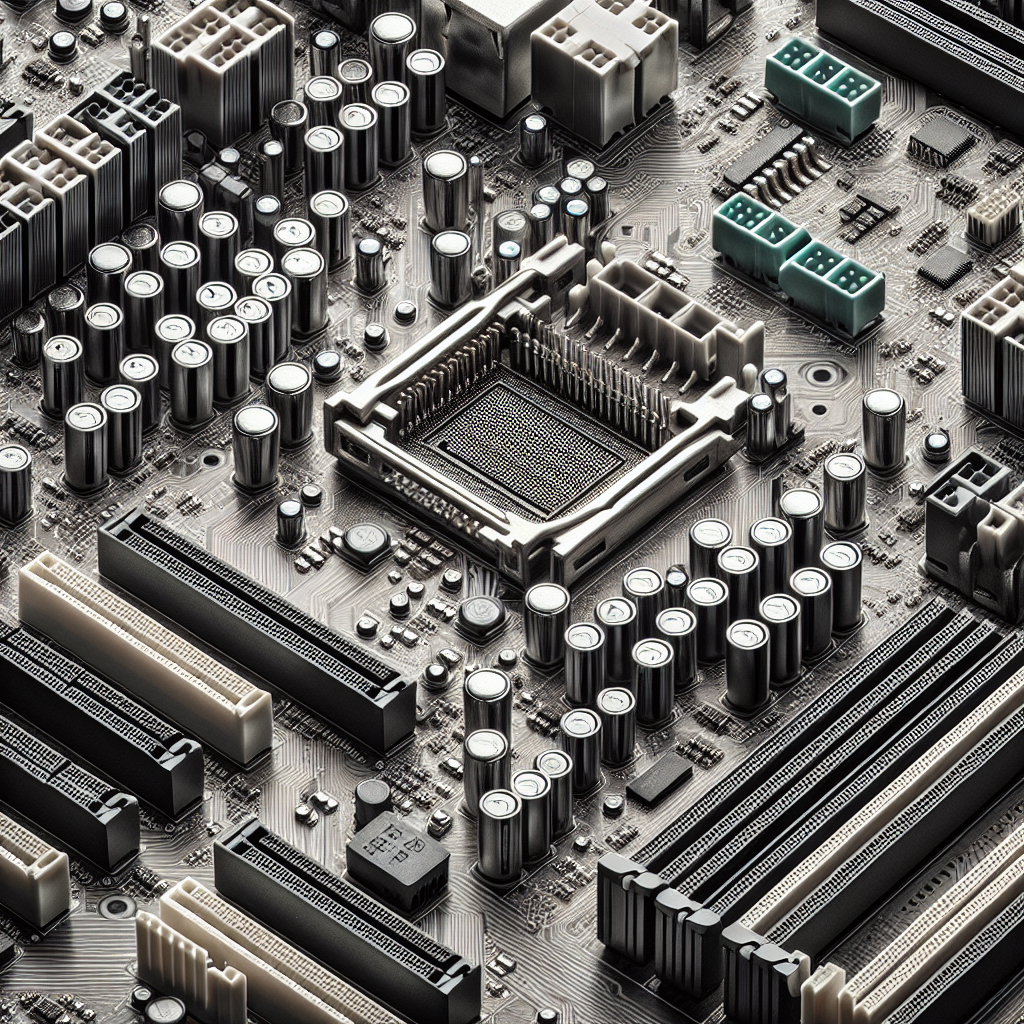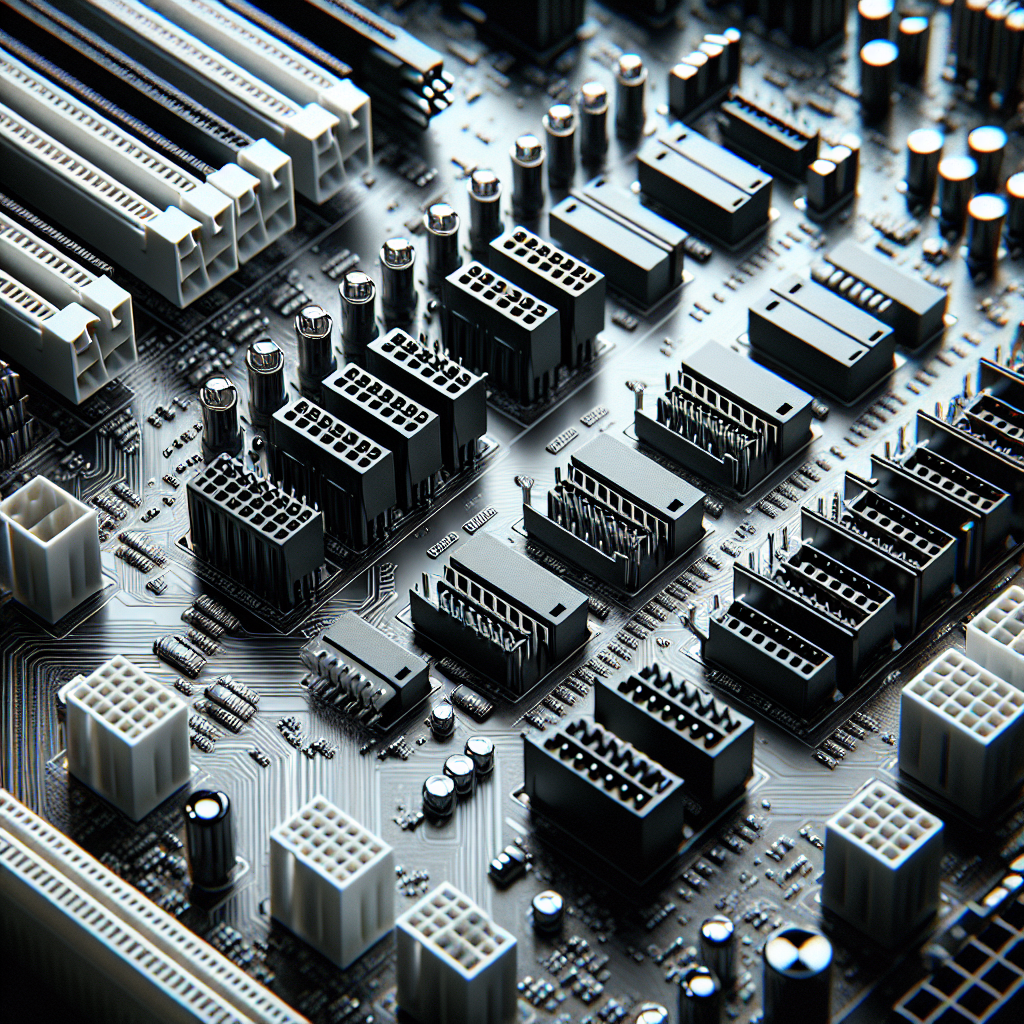You’ve just bought a new computer case and a shiny new motherboard, and now you’re faced with the daunting task of connecting the front panel connectors to the motherboard. Don’t worry, we’ve got you covered! In this article, we’ll give you a step-by-step guide on how to easily connect those front panel connectors, so you can enjoy your new computer without any hassle.
A Guide to Connecting Front Panel Connectors to the Motherboard
Why Are Front Panel Connectors Important?
Front panel connectors play a crucial role in connecting the various buttons, indicators, and ports on the front of your computer case to the motherboard. These connectors allow you to interact with your computer by providing access to functions such as power on/off, reset, audio, USB ports, and more. Without properly connecting these connectors, you may not be able to utilize the full functionality of your computer’s front panel.
Understanding Front Panel Connectors
Before delving into the process of connecting front panel connectors, it’s essential to have a basic understanding of what each connector does. The primary connectors you will encounter include the power button, reset button, hard drive LED, power LED, speaker, audio ports, and USB ports. Each connector serves a specific purpose and knowing their functions will make the process much smoother.
Identifying Connectors on the Motherboard
Every motherboard has different placements and orientations for its front panel connectors. To identify these connectors on your specific motherboard, you will need to consult the motherboard’s manual. The manual will provide detailed diagrams and explanations of each connector’s location, pin configuration, and purpose. It’s vital to carefully study the motherboard’s manual to ensure accurate identification and connection of the front panel connectors.

Gathering the Necessary Tools
Before you begin connecting the front panel connectors, make sure you have the necessary tools at hand. You will need a small screwdriver, preferably a Phillips-head, to remove screws and secure the connectors. Additionally, having a well-lit and clear workspace will make it easier to see the connectors and avoid any potential mishaps.
Preparing the Motherboard
Before connecting the front panel connectors, it’s crucial to prepare the motherboard adequately. Start by powering off and unplugging your computer from the electrical outlet to ensure safety. You should also ground yourself by touching a grounded metal object, such as your computer case, to discharge any static electricity. This step helps prevent potential damage to delicate motherboard components.
Connecting the Power Button
The power button is one of the most important connectors as it allows you to turn your computer on and off. To connect the power button, locate the corresponding pins on the motherboard labeled “PWR” or “Power SW.” Match the positive (+) and negative (-) polarity of the power button connector with the corresponding pins on the motherboard. Carefully insert and secure the connector, ensuring it is firmly in place.

Connecting the Reset Button
The reset button, as the name suggests, is used to restart your computer in case of system freezes or other issues. To connect the reset button, locate the corresponding pins on the motherboard labeled “RESET” or “Reset SW.” Match the polarity of the reset button connector with the corresponding pins on the motherboard, similar to the power button connection. Gently insert the connector and ensure it is securely fastened.
Connecting the Hard Drive LED
The hard drive LED connector indicates the activity of your computer’s hard drive by blinking or staying solid. To connect the hard drive LED, consult the motherboard manual to locate the corresponding pins labeled “HDD LED” or “HDD LED +/-” on the motherboard. Match the positive (+) and negative (-) polarity of the hard drive LED connector to the corresponding pins. Insert the connector carefully, ensuring a secure connection.
Connecting the Power LED
The power LED, also known as the system power indicator, provides a visual indication that your computer is powered on. To connect the power LED, refer to the motherboard manual and locate the pins labeled “PWR LED” or “Power LED +/-” on the motherboard. Match the polarity of the power LED connector with the corresponding pins and securely connect the connector to ensure proper functionality of the LED.
Connecting the Speaker
The speaker connector is responsible for providing audio feedback, such as beep codes during the computer’s boot process. To connect the speaker, locate the pins labeled “SPK” or “Speaker” on the motherboard, as specified in the manual. Carefully connect the speaker connector to the corresponding pins, making sure it is firmly attached to ensure clear audio feedback.
Connecting Audio and USB Ports
The front panel of your computer case may feature audio and USB ports that require connection to the motherboard. The audio ports typically include mic-in and headphone-out connectors, while the USB ports come in various formats such as USB 2.0 or USB 3.0. Consult your motherboard manual to locate the specific pins for these connectors and ensure you connect them correctly, matching the respective labels for audio and USB ports.
Checking the Connections
Once you have connected all the front panel connectors, it’s essential to double-check your connections to ensure everything is correctly installed. Visually inspect each connector and ensure they are securely fastened to their respective pins on the motherboard. A loose connection may lead to malfunctioning buttons, indicators, or ports. Take your time to verify each connection and make any necessary adjustments.
Troubleshooting Tips
If you encounter any issues during the connection process or experience problems with the front panel functionality, there are a few troubleshooting steps you can take. Firstly, ensure that you have correctly matched the polarity of each connector to the corresponding pins on the motherboard. Additionally, check for any loose connections or damaged cables that may affect functionality. If problems persist, consult the motherboard’s manual or seek assistance from a professional technician.
Conclusion
Connecting front panel connectors to the motherboard is a fundamental step in building or repairing a computer. By understanding the functions of each connector, identifying them on the motherboard, and following the proper connection procedures, you can ensure the full functionality of your computer’s front panel. Remember to use the motherboard manual as your guide, gather the necessary tools, and take your time to double-check your connections. With this comprehensive guide, you are well-equipped to confidently connect the front panel connectors and enjoy a fully operational computer. Happy computing!
